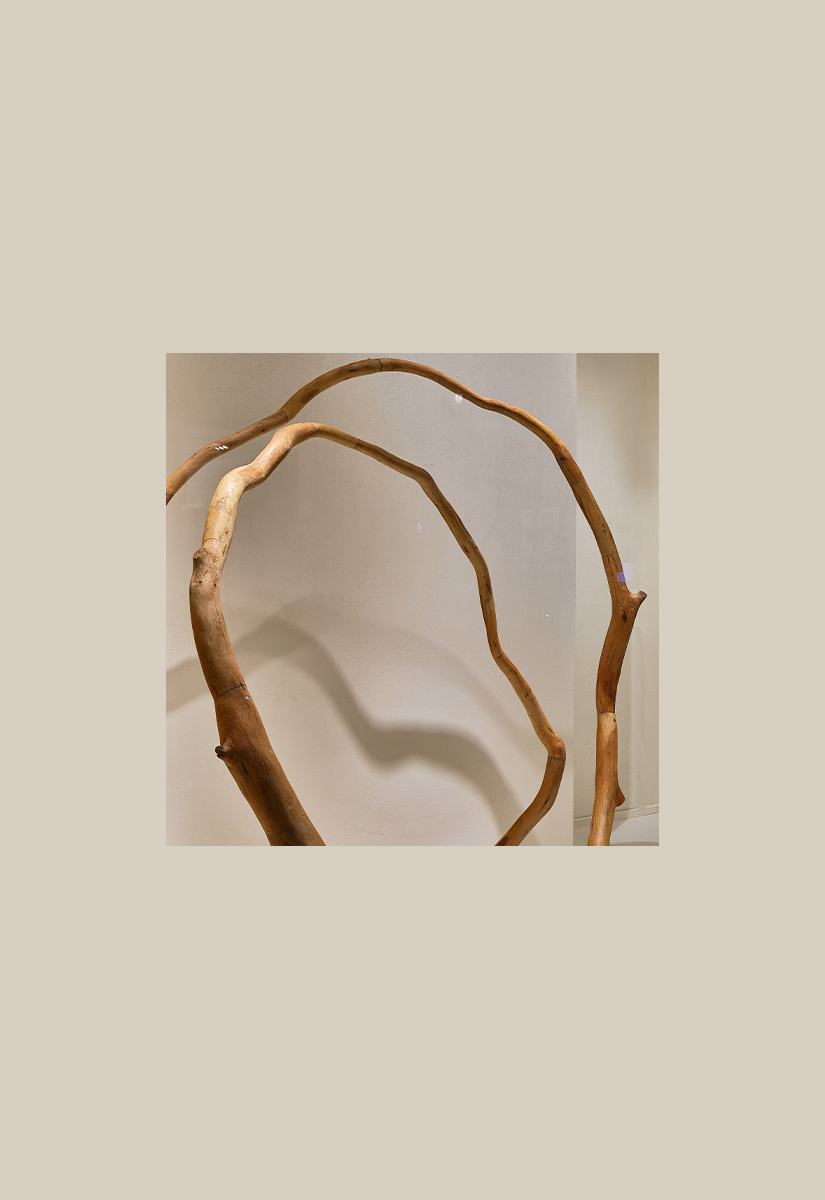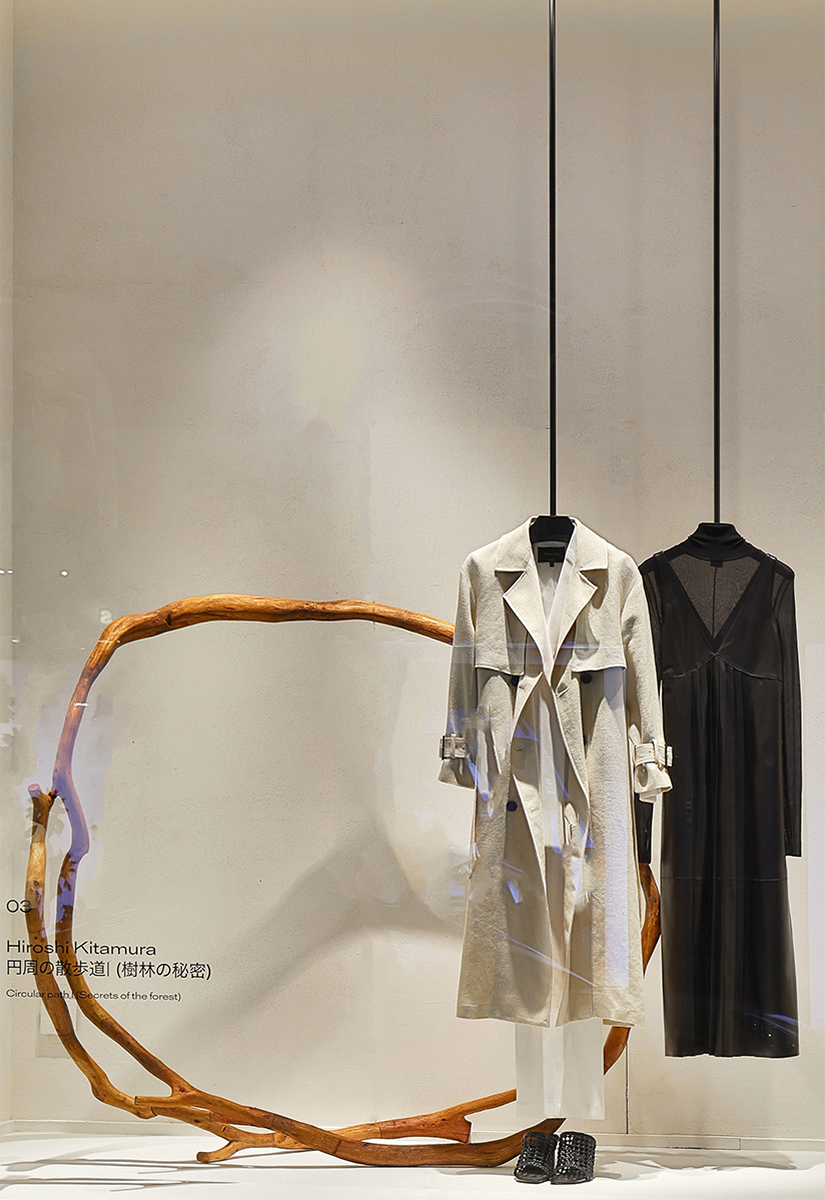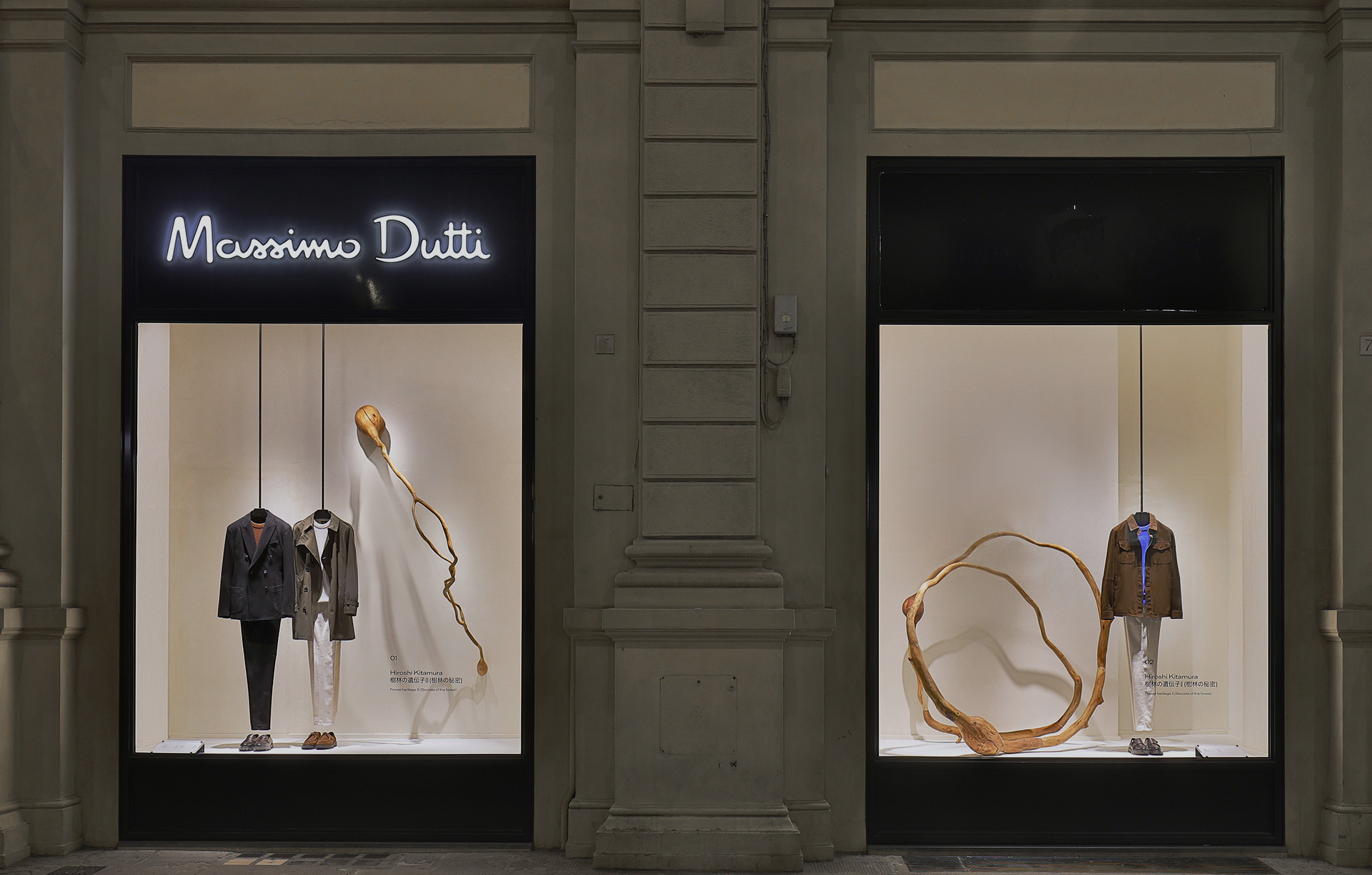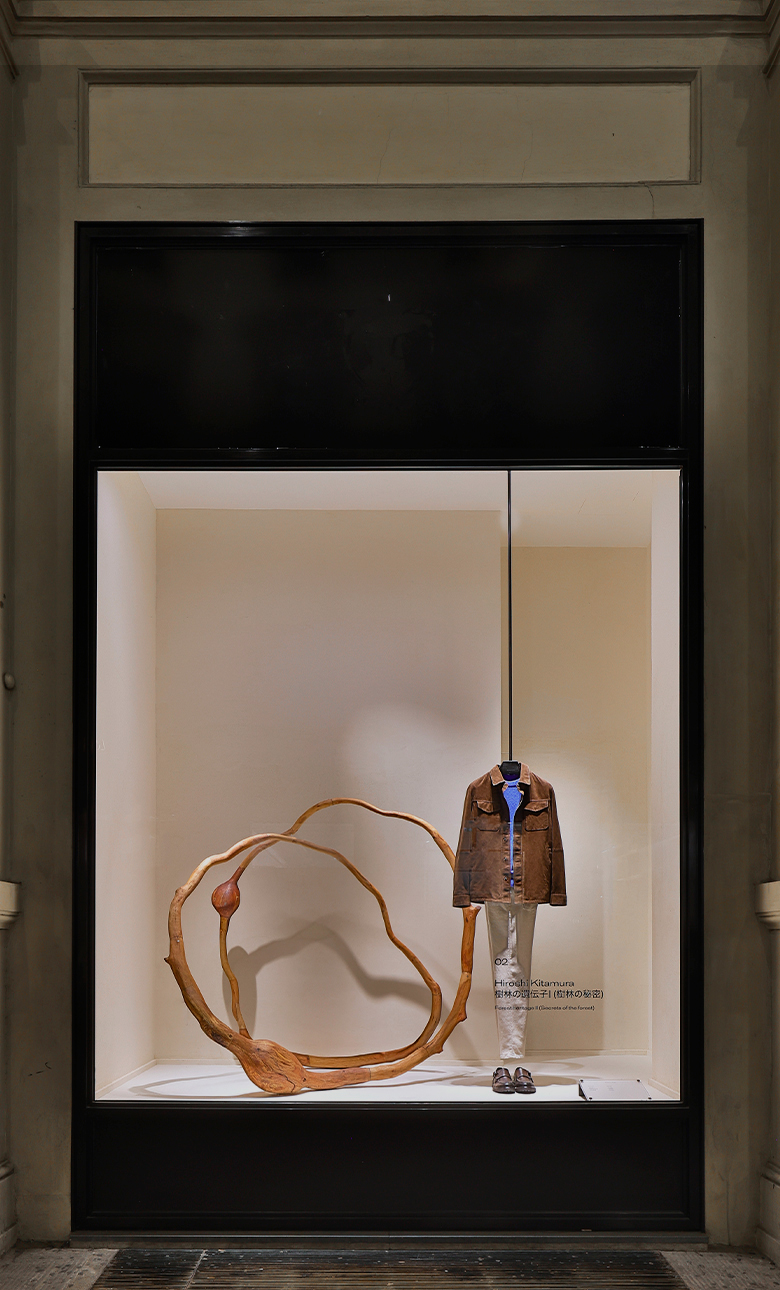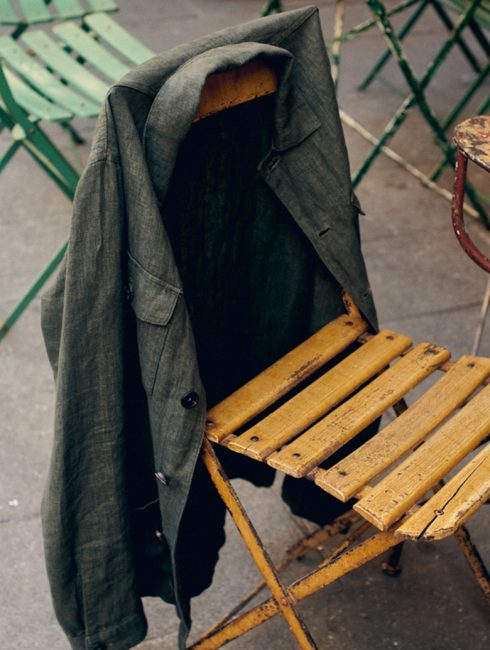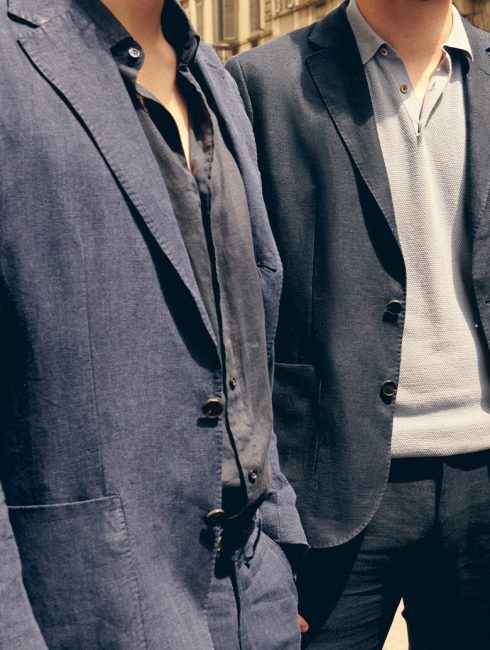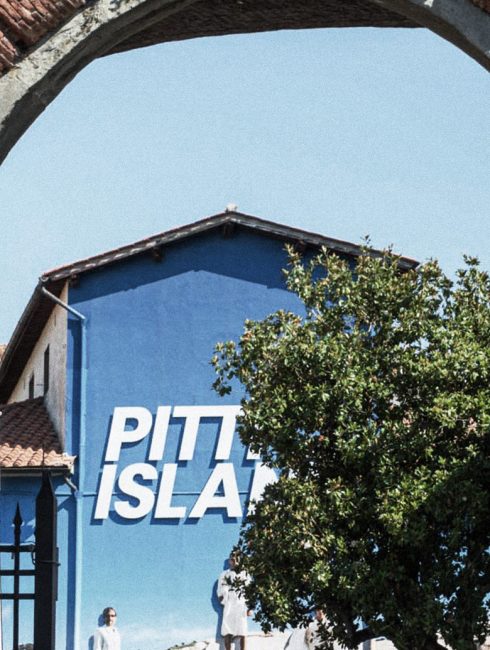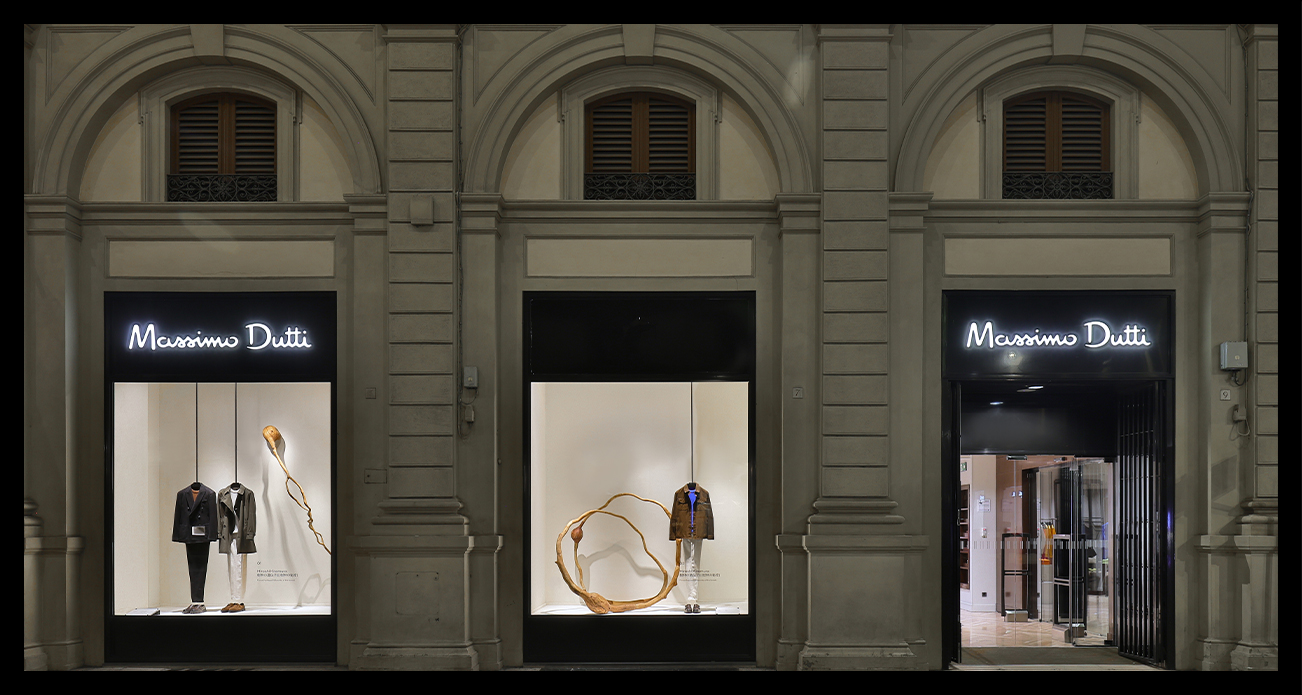
MASSIMO DUTTI
PITTI
Hiroshi Kitamura
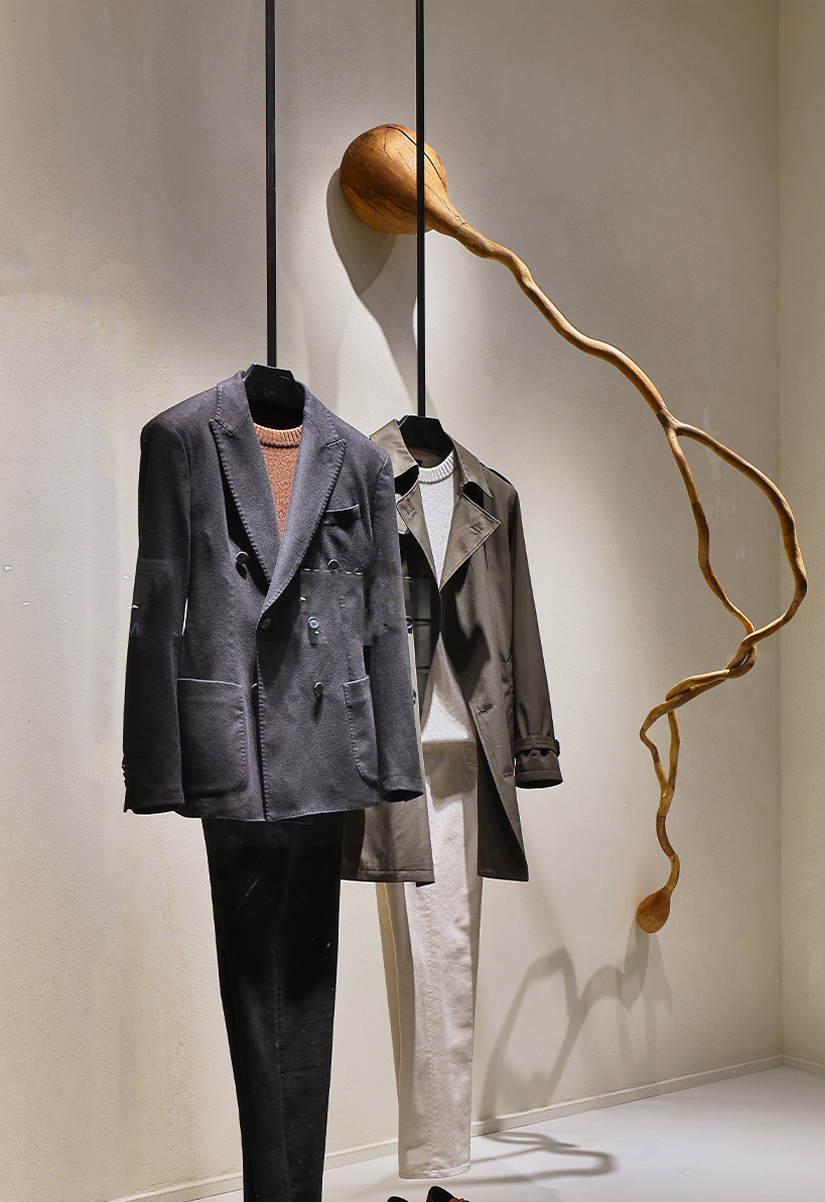
“
At first
my curiosity
was focused on
Western culture,
how artificiality
was related
to nature
in people’s
daily lives.
”
Hiroshi Kitamura
What attracted you to Spain and away from your country of origin, Japan?
At first my curiosity was focused on Western culture, how artificiality was related to nature in people’s daily lives. This was the impulse that led me to live this experience. Spain was a part of Western culture and, coincidentally, when I arrived in Barcelona I felt very comfortable. For example, when I went to the Boquería market I saw vegetables, fish and rice. I realized that I could live in that place.
In your opinion, what are the cultural links between the two countries?
During festivals I saw how they brought meaningful symbols out from the temples are carried them atop their shoulders throughout the entire town. We have similar festivals in Japan that we call “dashi” and “mikoshi”. On the other hand, in Catalonia they have the “sardana” and the “castells” in which everyone participates, from children to the elderly. In my country we also have something similar, “bon-odori”, in which everyone participates and dances in a circle.
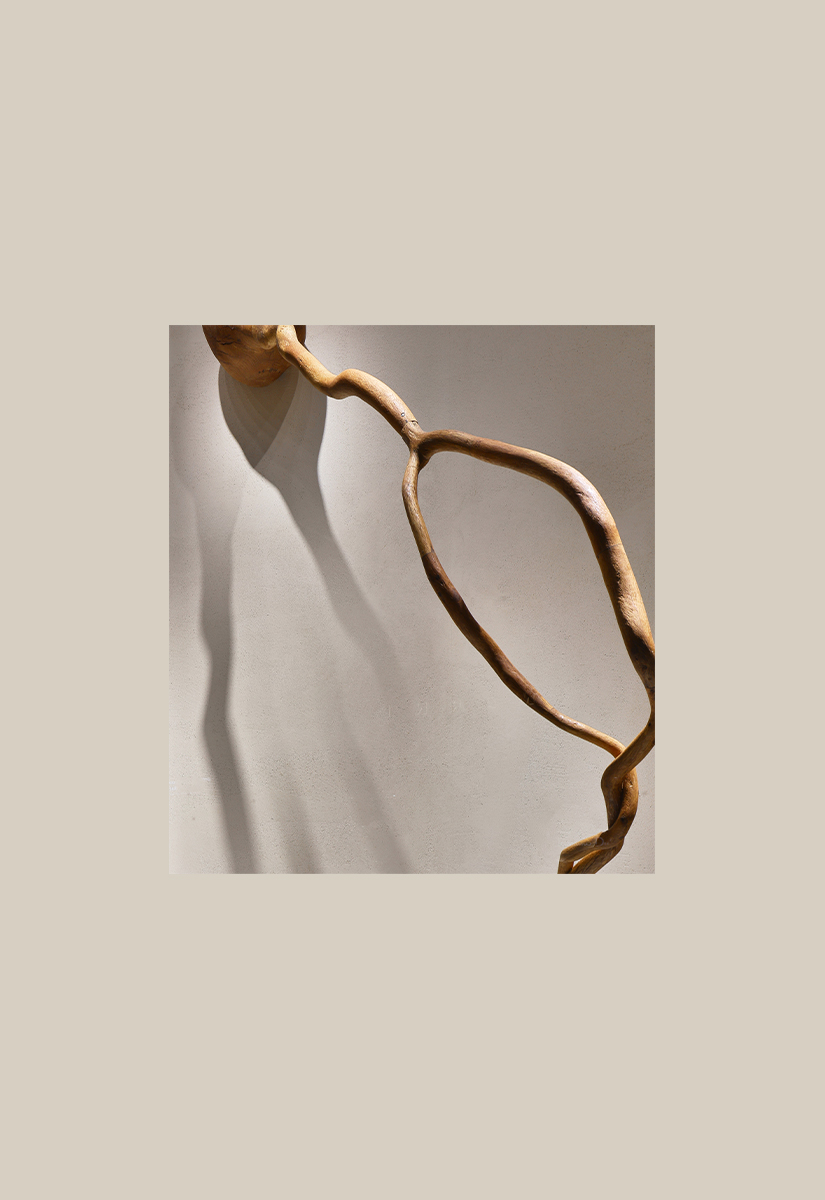
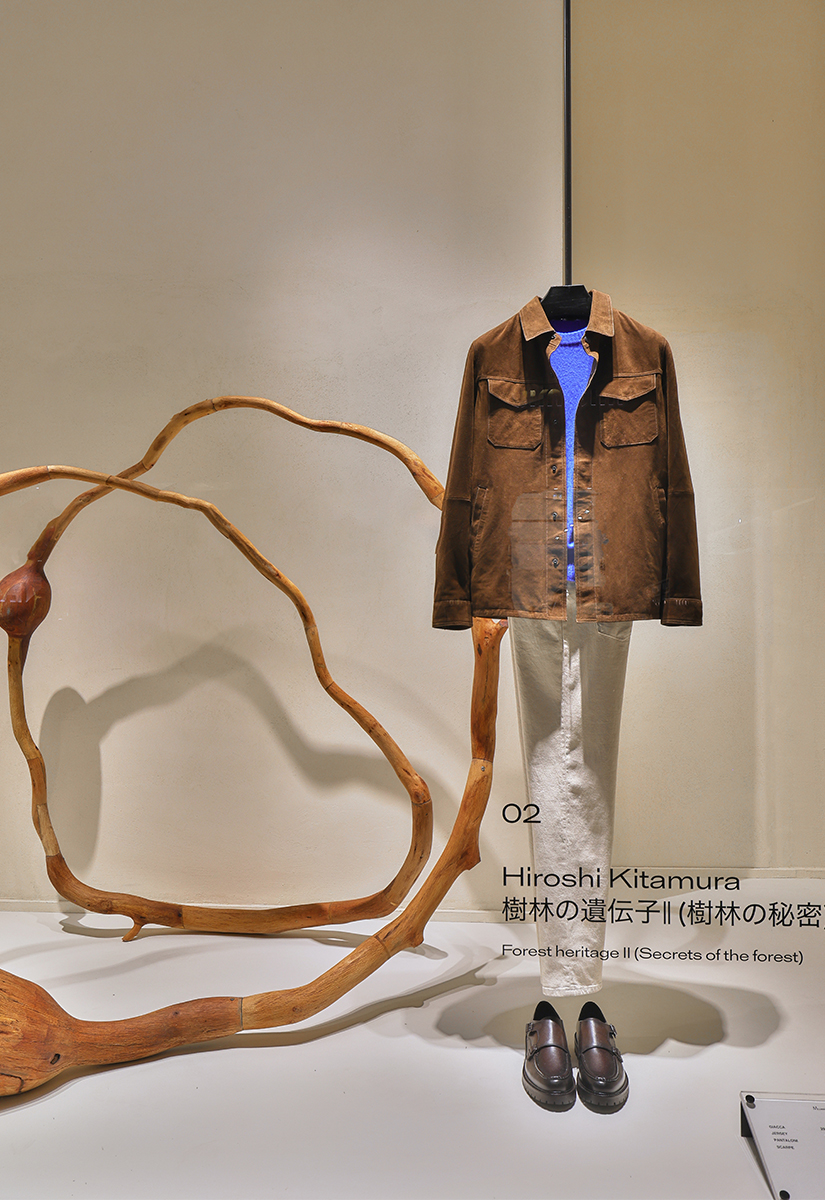
MASSIMO DUTTI
PITTI
Hiroshi Kitamura
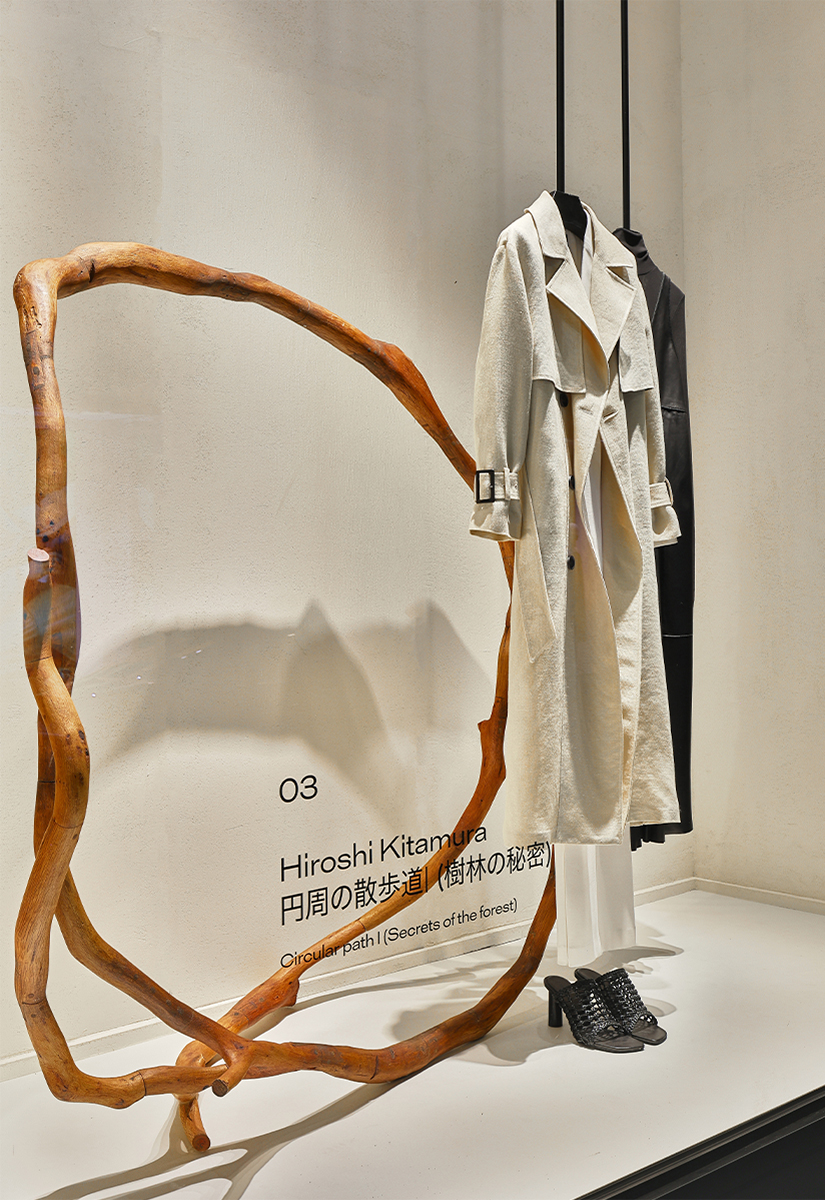
“
For me, art has
no conclusion.
As long as
the human
being is,
art will
also be.
”
Hiroshi Kitamura
How do you see the future of art?
For me, art has no conclusion. As long as the human being is, art will also be. Each era questions the meaning of art; art is infinite, it is always in the gerund.
What attracts you to each branch you choose to shape your creations?
Since ancient times, the human being has used plants/flowers as symbols, also in offerings. Branches are the end-point of life, renewal, expansion… Growth is limited but life wants to continue, renew itself. Biological inheritance, fractal renewal. Life and death are permanently linked. This life cycle is the basis of my work. My already dead branches take on a new life. The essence of life, beauty, is what I want to express through this organic matter.
From cave paintings to art with tree branches… How did you approach naturalistic and organic creation?
For five years, I visited different cave paintings all around the peninsula. My interest was not focused on what they painted but rather what they wanted to communicate and what their purpose was. What I perceived when I was in each of these places was the strength of the “bios” that the paintings transmitted, as a symbolic act. I perceive this behaviour as the basis of art (belief, celebration…), the consciousness of being. The more simple, the more easily it transmits.
